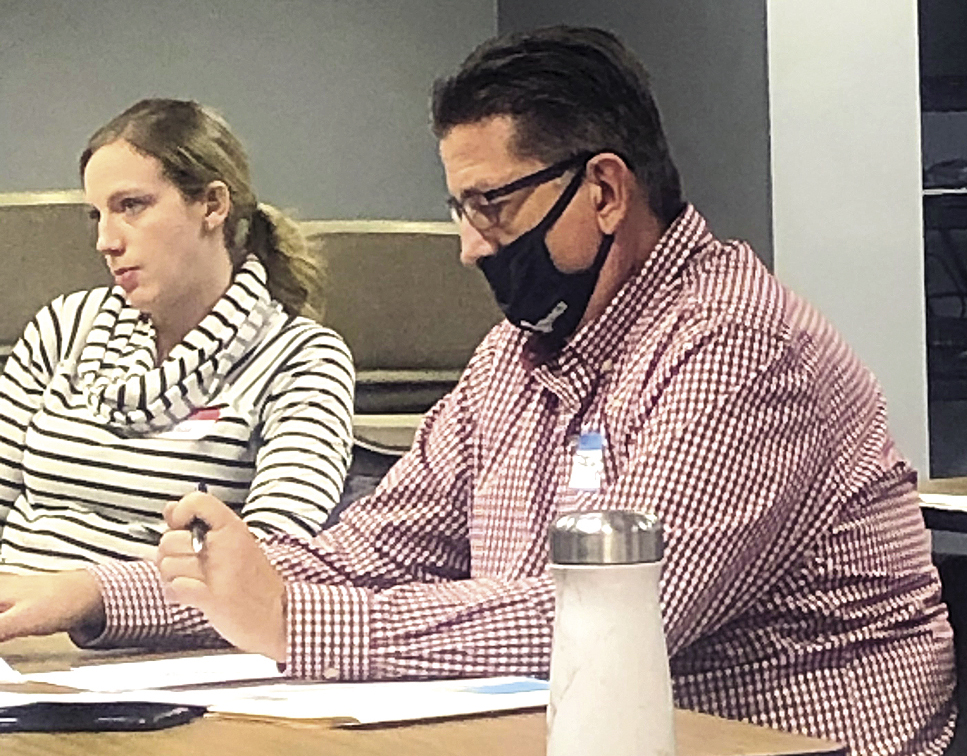
By Tara Brandl
The process might be taking longer than they had hoped, but representatives from communities in Lyon County took another step toward forming a county-wide EDA at a meeting last Wednesday.
Wednesday was the second meeting for the group with representation from most communities in the county. The first of the two evening meetings took place on Jan. 13. However, a blizzard on Jan. 14 caused day two to be postponed. While progress was made during the almost four-hour meeting last week, the final plan to be presented to the Lyon County commissioners for the EDA was not completed.
After two meetings, the community representatives and commissioners had made progress with the type of organization they wanted to move forward with and priorities for it. The group agreed they would like to pursue a county EDA with HRA (Housing and Redevelopment Authority) powers. This group would have a nine-person board. Once that is established, they will work on a partner 501C3 with business involvement. The 501C3 would have a similar board so that both entities are working toward the same goal but would include business members.
“No matter what model you pick, it’s going to come down to the kind of leadership you put at the top of it that’s going to be able to pull this group together and find the technical resources and push on the vision enough to make everything we talked about happen,” consultant Joe Czapiewski said. “Recognize that leadership is going to be a huge thing.”
After a lengthy discussion, the top five priorities for the Lyon County EDA were identified along with strategies for the priorities.
The first priority was developing financial and other resources. Lisa Graphenteen with the Balaton EDA presented the group’s strategies, including to be a resource to communities to identify and connect them to grant and loan opportunities for local initiatives; compile short- and long-term needs and goals of each city so there is understanding of what everyone needs and possibly making connections between cities and the county; identify resources that already exist and then identify what gaps are present and how the county EDA can fill those gaps and be a resource to communities to think outside the box on how to leverage resources.
See this week’s Headlight Herald for more on this article.
